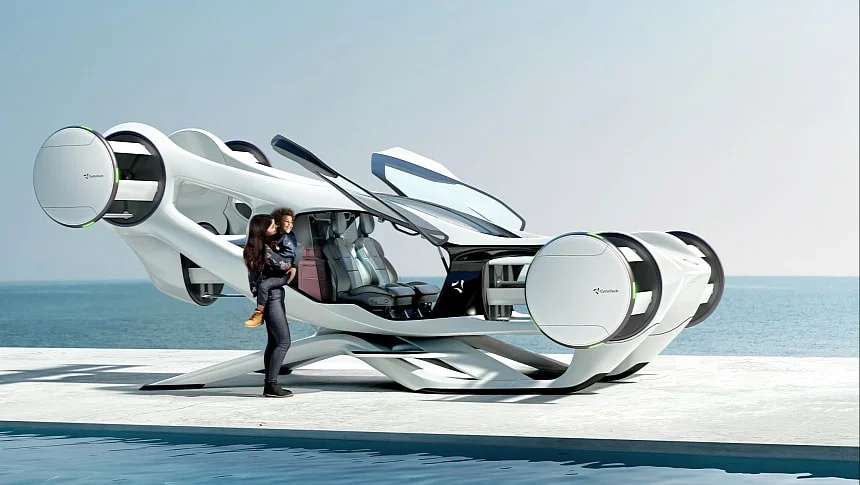|
Getting your Trinity Audio player ready...
|
We are used to thinking about vertical take-off and landing (VTOL) aircraft as being powered by spinning blades. After all, just like helicopters, they need spinning blades to lift off and move around, and they also need them to land. But what if VTOLs didn’t use traditional rotors at all, and opted instead for something that, at least at first glance, looks simply revolutionary?
An Austria-based startup called CycloTech is proposing exactly that: an alternative means of generating lift and thrust, one that could give second-generation VTOLs capabilities their predecessor couldn’t even dream of.
Key to that is a technology the company calls CycloRotor. That would be a propulsion unit powered by electric motors that’s capable of giving a pilot control over the aircraft’s thrust, in terms of both magnitude and direction, without having to tilt aircraft structures such as wings or the rotors themselves.
The concept of the technology is pretty simple: a series of parallel wings are placed in such a way that they rotate around a central axis, each of them connected to a central hub. Up to six of these structures can be installed on an aircraft, four positioned perpendicular to the body, front and rear and to either side, and two on the axis of the VTOLs body, front and rear.
This setup allows the orientation of trust to be directed 360 degrees around the rotation axis and allows the aircraft to perform some truly extraordinary maneuvers: it can fly backwards and sideways, brake mid-air, turn on the spot, and can even parallel park when on the ground.
CycloTech presented several concepts based on the idea over the years, and back in 2021 it even flew an entire aircraft powered by CycloRotors. But it was at the end of March 2025 when a major milestone was reached: the first flight of a prototype VTOL powered by six CycloRotors.
The prototype is called BlackBird, and it was put together by the crew in just 11 months. A demonstrator by trade, the compact eVTOL is meant to prove to the industry the benefits of incorporating this technology into future aircraft designs.
The company does not provide exact details on what was achieved during this first flight, but says the BlackBird is the first to one equipped with so many CycloRotors, which were positioned in such a way as to make full use of the 360-degree thrust vectoring capabilities.
The test flight was performed at an undisclosed general aviation airport in Europe, as to comply with requirements from the EASA, and involved, as far as we can tell, a simple take-off and landing maneuver. It is the first of several other flights to come, each of them putting the CycloRotors through their paces with increased intensity.
If the tech proves itself, it could open to doors to a new breed of VTOLs, especially ones tailored for personal transportation needs. CycloRotors could also be used to power auxiliary systems, and one could easily imagine them being put to work in the space exploration business as well.


